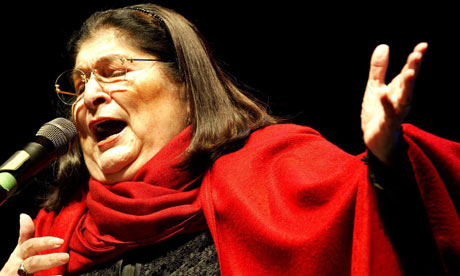MUSICAL CULTURE OF ARGENTINA
The South American country of Argentina is home to a variety of musical styles and traditions. Many of them are the result of a blending of indigenous and immigrant cultures. Spanish colonists arrived in the 1500s, and another big wave of immigrants (mostly Spaniards and Italians, and some people from France, Germany, Great Britain, and Poland) came from the 1870s to the 1940s. Africans were brought to Argentina by Spanish colonists to work as slaves, but their numbers were greatly diminished during a yellow fever epidemic in 1871. Descendents of immigrants make up about 85% of the population of Argentina today. As a result, art music in Argentina has followed patterns similar to those in Europe since the 1500s.

European-influenced music of Argentina includes Catholic musical traditions from Spain and Italy. This includes liturgical music as well as music for celebrating saint days and holidays. European Protestants brought their music with them to Argentina in the 1900s. Many European church musicians taught indigenous peoples to play and even construct European instruments. Some indigenous groups have always considered music and musical instruments to have supernatural powers for communicating with their own deities. This may be why they were open to learning about foreigners’ ways of making music, even if they did not accept the religious teachings that went with them.FOLK MUSIC
There are two main kinds of folk music heard almost everywhere in Argentina. One is music that comes from original indigenous cultures (there are many), and the other is creole music that has evolved from the culture of the Spanish colonists and their descendants, often mixing with local original traditions. European dances, popular songs, religious music, instruments, and festivals such as Carnival were brought to Argentina by immigrants, and have evolved into the creole music enjoyed today.
SOME OF THE FAMOUS ARGENTINA MUSICIANS

The folk singer Mercedes Sosa (born 1935) interprets folk traditions of Argentina as well as folk traditions found throughout Latin America. Sent into exile by Argentina’s military regime in 1978, she returned five years later to a heroine’s welcome.
Alberto Ginastera (1916–1983) started out composing in the nationalist style popular in Argentina in the early twentieth century. He turned to composing neoclassical pieces in the 1950s and switched to atonal and serialist compositions in the 1960s. He was recognized as a major composer in Argentina, the United States, and Europe
